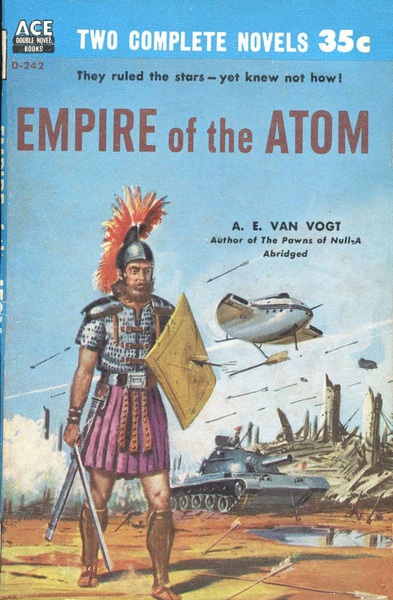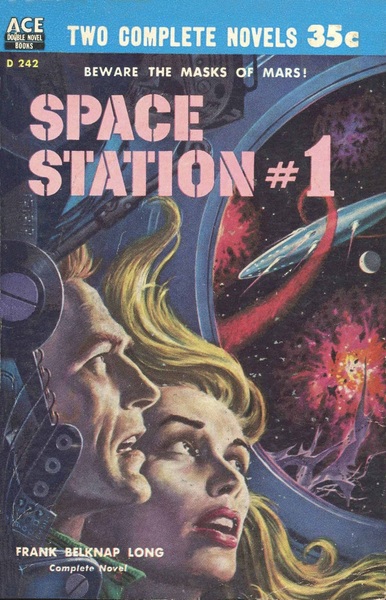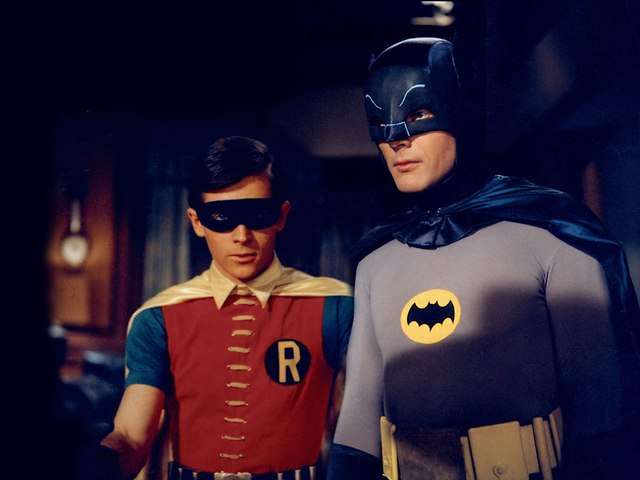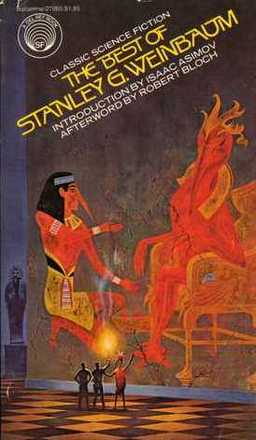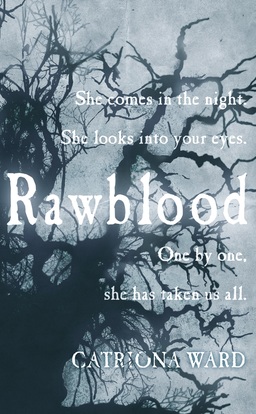Series Architecture: The Same But Different in EC Tubb’s Dumarest
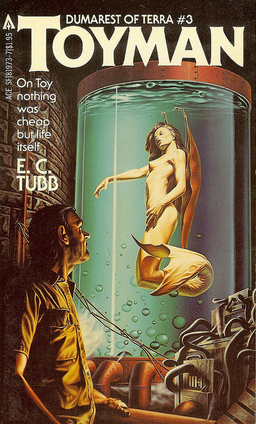
EC Tubb’s Dumarest serial is oddly compelling… so oddly compelling that, if you like the first book, you end up slowly chugging through the series.
For those who’ve just tuned in, this is an incredibly long mid-20th century low Space Opera serial that influenced the roleplaying game Traveller. Note, series not serial: though there is forward momentum, each book is standalone — it’s more Deep Space Nine than Babylon 5. Also note the low. This isn’t exactly Conan in Space, but the Cimmerian would not be out of place.
So, Dumarest wanders a Grapes of Wrath galaxy — think how we met Rey in The Force Awakens — in search of Earth while pursued by the fanatical Cyclan, cyborg monks with no emotions other than the hunger for power and pride in their intellect.
It’s very much The Fugitive does Space Western. There are exceptions, and Tubb often kicks off with a short story before settling down the real meat. However, in almost every episode, Dumarest is the archetypal Drifter who becomes involved in gothic goings on in one of the local great houses, usually because that house faces some external threat.
(The houses are usually Gormenghast-style piles crammed with extended family and fuelled by dwindling fortunes. However, from time to time he swaps in military unit, spaceship, expedition, clan or band, with similar effect.)
This happens so consistently, that the books should be too formulaic to keep coming back to.
But we do. Each novel is the same but different.
How did — does — he do it?


